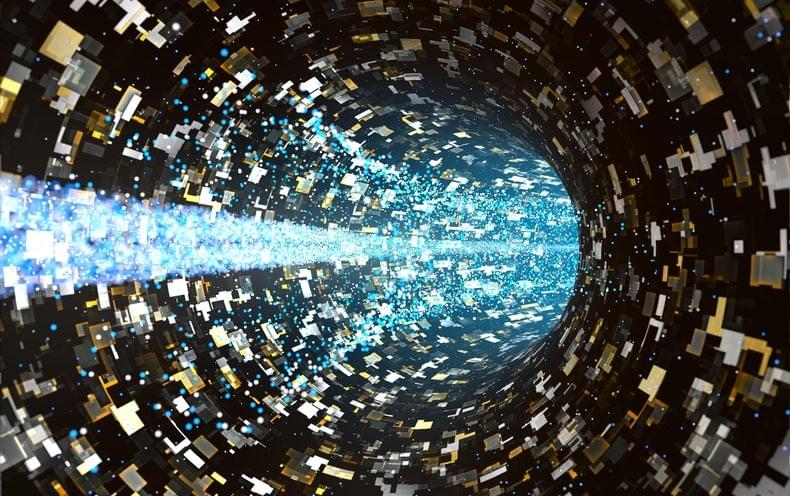Sep 13, 2021
Researchers develop new tool for analyzing large superconducting circuits
Posted by Saúl Morales Rodriguéz in categories: quantum physics, supercomputing
The next generation of computing and information processing lies in the intriguing world of quantum mechanics. Quantum computers are expected to be capable of solving large, extremely complex problems that are beyond the capacity of today’s most powerful supercomputers.
New research tools are needed to advance the field and fully develop quantum computers. Now Northwestern University researchers have developed and tested a theoretical tool for analyzing large superconducting circuits. These circuits use superconducting quantum bits, or qubits, the smallest units of a quantum computer, to store information.
Circuit size is important since protection from detrimental noise tends to come at the cost of increased circuit complexity. Currently there are few tools that tackle the modeling of large circuits, making the Northwestern method an important contribution to the research community.

















